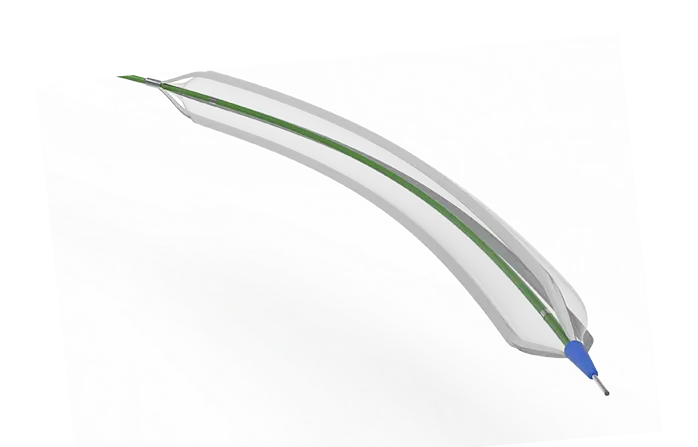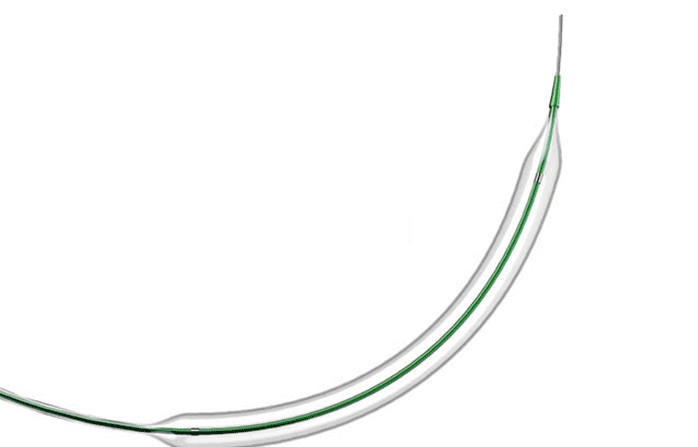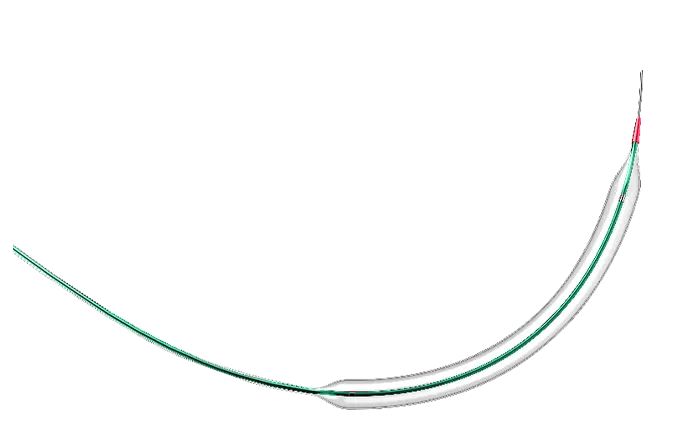Hemodialysis Vascular Access: Understanding the Techniques and Procedures
Hemodialysis is a life-saving treatment for patients with end-stage renal disease (ESRD). There are three main types of vascular access: arteriovenous (AV) fistula, AV graft, and central venous catheter. Each type has its own advantages and considerations.
Special Balloons in Hemodialysis Vascular Access
High-pressure balloons are used in percutaneous transluminal angioplasty (PTA) to treat stenosis (narrowing) in vascular access. Stenosis can occur in AV fistulas and grafts, leading to reduced blood flow and potential access failure. High-pressure balloon can effectively dilate the stenotic segment, restoring adequate blood flow and prolonging the life of the vascular access. This minimally invasive procedure is preferred over surgical revision due to its ability to preserve native veins and reduce the need for repeated interventions.
Scoring balloons are designed with small, embedded scoring elements or wires that create controlled micro-incisions in the vessel wall during inflation. This unique design allows for more effective and predictable dilation of the stenotic segment, reducing the risk of uncontrolled dissections and vessel trauma.
















